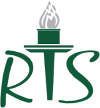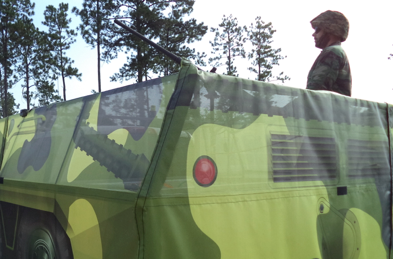
Responder Training Services
Military Combat and Response Training Programmes
Responder Training Services's (RTS) leadership has overseen the implementation of thousands of immersive scenario iterations, and has been responsible for the training of tens of thousands of soldiers.
Subscribed
You have successfully submitted your enquiry. Someone from our company will respond ASAP
About Us

Responder Training Services’s (RTS) leadership has overseen the implementation of thousands of immersive scenario iterations, and has been responsible for the training of tens of thousands of soldiers.
As a result, the company has been recognised by state government and military leadership for its outstanding contribution to the superior training of soldiers deployed in Afghanistan and Iraq, where they helped save military and civilian lives.
Role player support for military response training
RTS provides foreign language speaking (FLS) role players who are able to replicate specific tasks associated with characters such as interpreters, members of local governance, host nation security forces, tribal leadership and religious leadership. They can also pose as merchants or shopkeepers.
The company also employs non-foreign language speaking, generic role players / civilians on the battlefield (COBs) who portray townspeople, refugees, and detainees. It is important for soldiers to practice interacting with a range of people to prepare them for any possible scenario.
Opposing forces role players
To provide high-quality combat training for soldiers, RTS supplies FLS generic role players who fulfil various roles such as enemy insurgencies or organised militia.
Opposing forces (OPFOR) personnel are equipped with small arms weaponry and capable of blank fire engagement. OPFOR role players will be civilians with a military background and often remain on site for the entire training session.
These actors are trained to interact with multiple integrated laser engagement system (MILES) devices, allowing soldiers to experience realistic but safe combat situations.
All role players and personnel wear native dress according to specific regions or areas of combat, so that they fully blend in during training.
Battlefield effects for authentic combat training
RTS’s technicians often come from the film or television industry and have years of experience in creating realistic special effects. To create authentic combat conditions and to provide soldiers with situational awareness RTS technicians are able to perform fire marker functions.
They can also operate indirect fire (IDF) simulator devices and mine improvised explosive device (IED) simulator devices, as well as create unexploded ordnance (UXO) caches, and mortars.
The company’s well-trained and professional art and design professionals furnish and operate an impressive range of props, weapons and site dressings to help create an immersive battle experience.
They also offer to apply moulage to recreate injuries to allow soldiers to experience the visual aspects of a trauma scene, from bleeding and broken bones to severed limbs.
Tactical and non-tactical army vehicles
Vehicles often pose the most risk to soldiers in combat-zones.
To prepare soldiers for this, RTS provides a wide range of visual modification vehicles (VIZMODs) to be used as mock threat vehicles by OPFOR, and simulate vehicle types such as the Soviet BTR. The tactical vehicles can also be weaponised, if required.
Non-tactical vehicles (NTVs) and dirty equipment are used as vehicle borne IEDs (VBIEDs) or suicide vehicle-borne IEDs (SVBIEDs).
About Responder Training Services
Responder Training Services was founded in 2009 with the intent of sharing proven military training practices with the first responder community. Its founders have led teams of up to 300 employees in multiple combat training exercises throughout the US.
Contact Details
Website
Email Address
Address
,
Suite 230-361
,
Atlanta,
30307-1936,
Georgia,
United States of America



